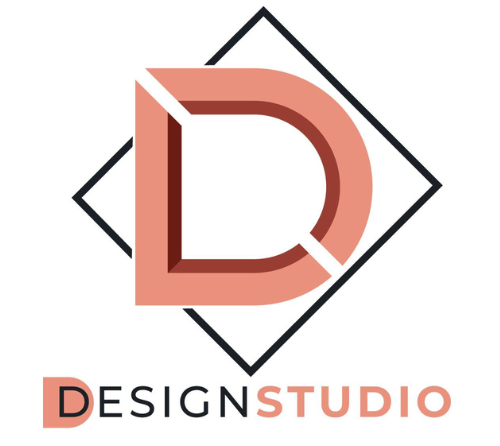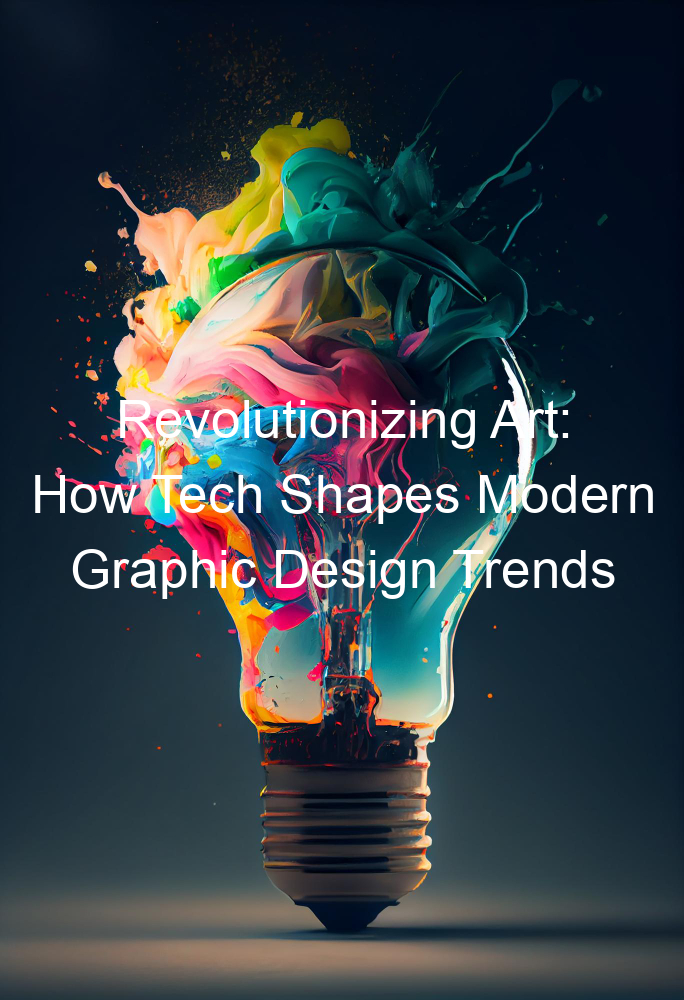Introduction: The Intersection of Technology and Graphic Design
Technology and graphic design are two fields that have been intertwined for decades. As technology advances, so does the world of design. This relationship has created a dynamic evolution in the way we create and perceive visual content. Let’s delve into this fascinating intersection.
- The evolution of design with technology
- Modern graphic design trends shaped by technology
In conclusion, the intersection of technology and graphic design is a dynamic and exciting space. As technology continues to evolve, we can expect to see even more innovative and creative designs in the future.
The Influence of Technology in Design
Technology has become a game-changer in many fields, and design is no exception. It has brought about a revolution, changing the way designers work and think. Let’s delve into how technology is reshaping the world of graphic design.
How Technology is Changing the Face of Graphic Design
Graphic design, once a manual and time-consuming process, has been transformed by technology. From sketching ideas on paper to creating intricate designs on a computer, the journey has been remarkable. Let’s explore this in detail.
- Introduction to technology in graphic design
- Impact of technology on design processes
In conclusion, technology has revolutionized the field of graphic design. It has made the design process more efficient and opened up new possibilities for creativity. As technology continues to evolve, we can expect even more exciting changes in the world of design.
Case Study: A Look at a Modern Design Technology
Let’s dive into a fascinating case study of a modern design technology that’s making waves in the graphic design world. We’ll be focusing on Augmented Reality (AR).
- Overview of the technology
- How it’s used in graphic design
- Impact on design trends
In conclusion, AR is a powerful tool for graphic designers. It allows for the creation of immersive, interactive experiences that can engage users in new and exciting ways. As this technology continues to evolve, we can expect to see its impact on design trends continue to grow.
Graphic Design Technology Trends
As technology continues to evolve, so does the world of graphic design. Let’s explore some of the most exciting tech trends that are shaping the future of graphic design.
Emerging Tech Trends in Graphic Design
There are three key technology trends that are making a big impact in the graphic design industry. These are 3D design technology, Augmented Reality (AR), and Artificial Intelligence (AI).
- 3D Design Technology
- Augmented Reality (AR) in Design
- Artificial Intelligence (AI) in Design
These emerging technologies are not just trends, they are the future of graphic design. By embracing these technologies, designers can create more engaging, immersive, and efficient designs.
The Impact of Technology on Design
Technology has made a significant impact on the world of design, revolutionizing the way designers work and expanding the possibilities of what they can create. Let’s explore two key ways in which technology has influenced design.
- How technology has improved design efficiency
Technology has greatly improved the efficiency of design processes. With the advent of digital design tools, designers can now create and modify designs much faster than they could with traditional methods. For example, software like Adobe Illustrator allows designers to easily manipulate shapes and colors, while tools like SketchUp enable quick and accurate 3D modeling.
Moreover, technology has streamlined the design process by facilitating better communication and collaboration. Designers can now share their work with clients or team members in real-time, receive feedback instantly, and make changes on the fly. This not only speeds up the design process but also ensures that the final product meets the client’s expectations.
- Technology’s role in expanding design possibilities
Technology has also expanded the possibilities of what designers can create. With the help of advanced software and hardware, designers can now experiment with new techniques and mediums that were previously unimaginable. For instance, virtual reality (VR) and augmented reality (AR) technologies have opened up new avenues for immersive and interactive design.
Moreover, the rise of artificial intelligence (AI) has introduced a whole new dimension to design. AI-powered design tools can generate design elements automatically, predict design trends, and even create personalized designs based on user data. This not only expands the creative possibilities for designers but also allows them to deliver more personalized and engaging designs.
In conclusion, technology has had a profound impact on design, improving efficiency and expanding creative possibilities. As technology continues to evolve, we can expect to see even more exciting developments in the world of design.
Contemporary Graphic Design Technology
As we delve into the realm of contemporary graphic design technology, we’ll explore some of the latest software that designers are using to create stunning visuals. These tools are not just about creating designs; they are about bringing ideas to life.
Exploring the Latest Design Software
Let’s take a closer look at some of the most popular design software used by professionals today:
- Adobe Creative Cloud: Adobe Creative Cloud is a collection of over 20 desktop and mobile apps and services for photography, design, video, web, UX and more. You can take your ideas to new places with Photoshop on the iPad, draw and paint with Fresco, and design for 3D and AR. It’s a comprehensive tool that caters to all your design needs. Learn more about Adobe Creative Cloud here.
- Sketch: Sketch is a vector graphics editor for macOS developed by the Dutch company Bohemian Coding. It was first released on 7 September 2010 and won an Apple Design Award in 2012. It is primarily used for user interface and user experience design of websites and mobile apps and does not include print design features. Learn more about Sketch here.
- InVision Studio: InVision Studio is a powerful screen design tool that allows designers to create interactive and animated interfaces. It’s perfect for designing high-fidelity prototypes and wireframes, and it also includes collaboration tools for team projects. Learn more about InVision Studio here.
These tools are just the tip of the iceberg when it comes to the technology available to graphic designers today. As technology continues to evolve, so too will the tools and techniques used in graphic design.
Key Takeaways: The Future of Graphic Design and Technology
As we delve into the future of graphic design, it’s clear that technology will continue to shape and evolve the industry. Here are some key takeaways to keep in mind:
- The continued technological influence on design trends
- How designers can adapt to these changes
In conclusion, the future of graphic design is exciting and full of potential. By embracing technology and adapting to its changes, designers can create innovative and impactful designs that push the boundaries of what’s possible.
Conclusion: Embracing the Technological Revolution in Graphic Design
As we have explored throughout this article, technology has dramatically reshaped the landscape of graphic design. It’s not just about pencils, paper, and paint anymore. The digital revolution has brought about new tools, techniques, and trends that have fundamentally changed the way we create and consume visual content.
- Summary of the impact of technology on modern graphic design trends
- Final thoughts on the future of graphic design with technology
In conclusion, the technological revolution in graphic design is not something to fear, but rather, something to embrace. It’s an exciting time to be a graphic designer, and we can’t wait to see what the future holds. So let’s embrace the change, let’s embrace the challenge, and let’s embrace the technological revolution in graphic design.






